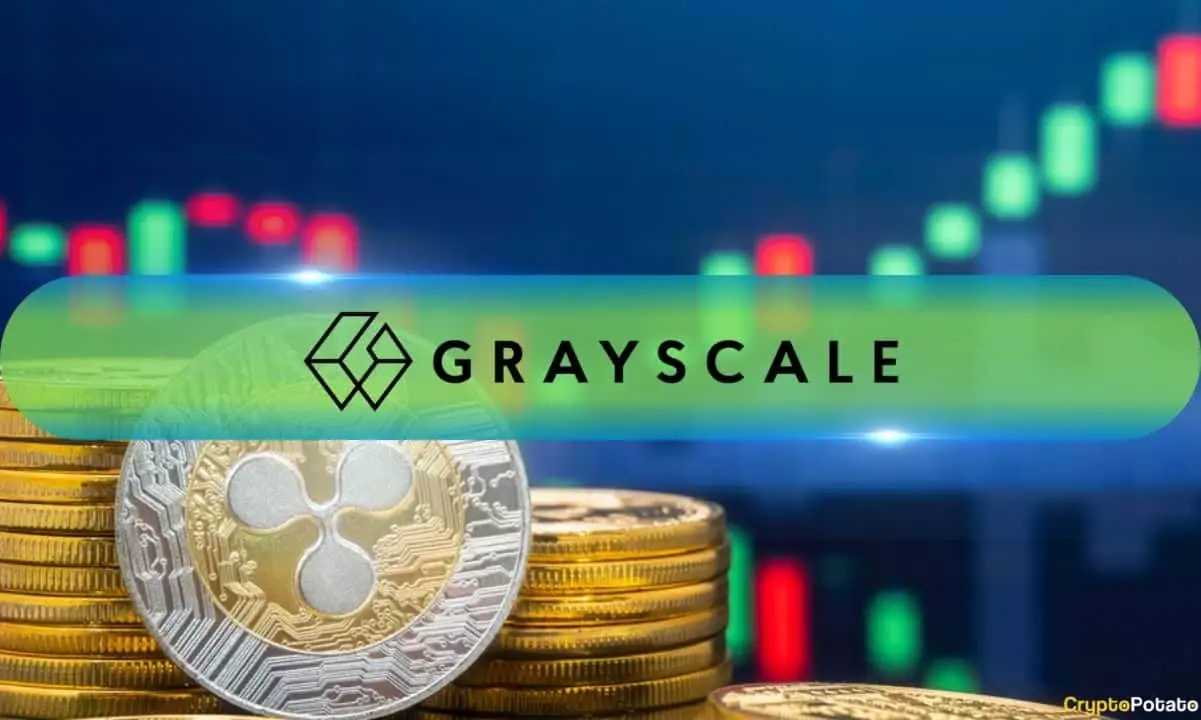In a significant move for both Grayscale and the cryptocurrency ecosystem, the asset management firm has filed a request with the U.S. Securities and Exchange Commission (SEC) to transform its XRP Trust into an exchange-traded fund (ETF) listed on NYSE Arca. This decision is poised to have substantial implications not only for Grayscale but also for the broader acceptance and incorporation of digital assets within mainstream investment vehicles.
Grayscale’s XRP Trust is one of the largest investment products linked to Ripple’s cryptocurrency, boasting more than $16 million in assets under management. The intent behind converting the Trust into an ETF is to streamline access for investors; this shift would eliminate the intricacies and costs associated with purchasing XRP directly. Moreover, by offering an ETF structure, the investment would be regulated by a national securities exchange, which could enhance investor confidence and credibility.
The proliferation of requests for XRP ETFs from Grayscale and other firms—such as CoinShares, Wisdom Tree, ProShares, REX Shares, and Bitwise—reflects a burgeoning interest in cryptocurrency investment options. This surge follows a period of positive sentiment stemming from the inauguration of Donald Trump as the 47th U.S. President, whose administration has adopted a pro-crypto stance that appears to have energized the market, leading firms to explore diverse offerings including Solana and Litecoin ETFs.
The Regulatory Landscape Ahead
The SEC has been gradually attempting to establish a clearer regulatory framework for digital assets, especially under the leadership of interim Chair Mark Uyeda. Unlike the previous administration under Gary Gensler, which granted approvals for Bitcoin and Ethereum ETFs while restricting many other cryptocurrencies, Uyeda’s regime appears more open to exploring various cryptocurrency products. The fact that a dedicated task force has been convened to address the complexities of cryptocurrency regulation signifies an earnest effort to create a conducive environment for such investment vehicles.
However, the path is rife with challenges. The ongoing litigation between Ripple Labs and the SEC over a claimed unregistered securities offering, amounting to $1.3 billion, looms large over the future of XRP. The tumult surrounding this case has incited uncertainty among potential investors. Twitter speculation recently surged when a removal of the lawsuit from the SEC’s website suggested a possible resolution, but experts remain skeptical about a quick resolution to the case as indicated by attorney Jeremy Hogan, who insists that the legal struggle is still very much unresolved.
Meanwhile, market dynamics reflect the state of affairs surrounding XRP. In the past 24 hours, the coin has seen a slight drop of 0.6%, representing a more severe decline of nearly 7% over the past two weeks. Nevertheless, the long-term outlook offers a more optimistic narrative; XRP has appreciated by approximately 44.9% over the past month, fueling speculation among analysts that it could soon challenge its all-time high of $3.4. The price targets have even reached predictions upwards of $4.5, demonstrating a bullish sentiment that could be invigorated by the ETF filing if regulatory approval is granted.
Investor opinion appears to be mixed, with skepticism surrounding the potential inclusion of XRP in a national digital asset reserve inciting discussions about its legitimacy. The broader Bitcoin community has expressed concerns regarding possible favoritism towards XRP in this emerging structure, further complicating the discourse around XRP’s future.
Grayscale’s move to convert its XRP Trust into an ETF marks a pivotal moment not just for the company, but also for the cryptocurrency investment landscape. As various stakeholders keep a keen eye on the SEC’s response and the ongoing legal battles, the implications of this transition could pave the way for greater institutional acceptance of cryptocurrencies. Should the SEC embrace this new wave of ETFs, it may signal an evolution in how digital assets are perceived and regulated, perhaps ultimately leading to a more cohesive and robust framework for cryptocurrency investment in the United States.

